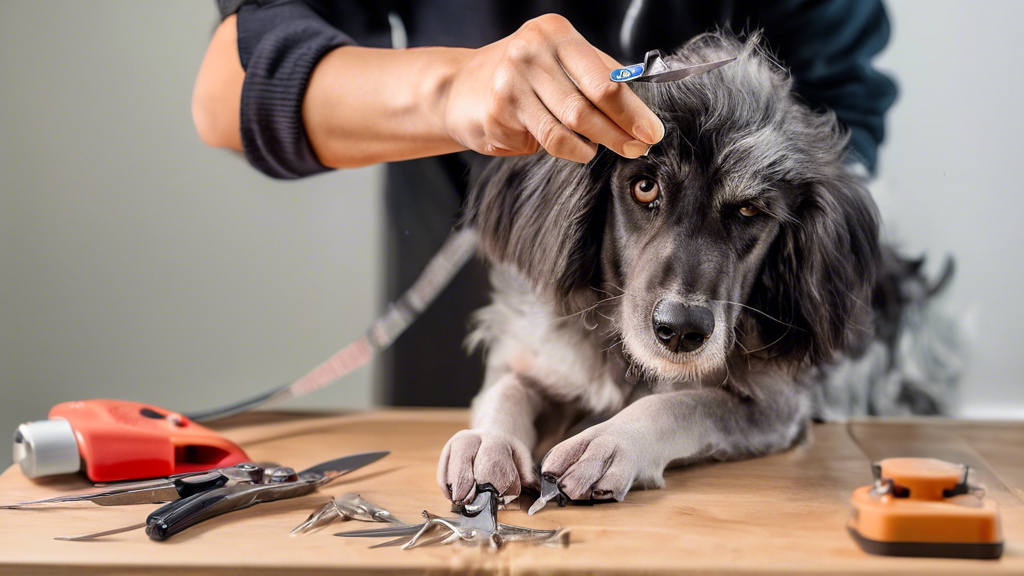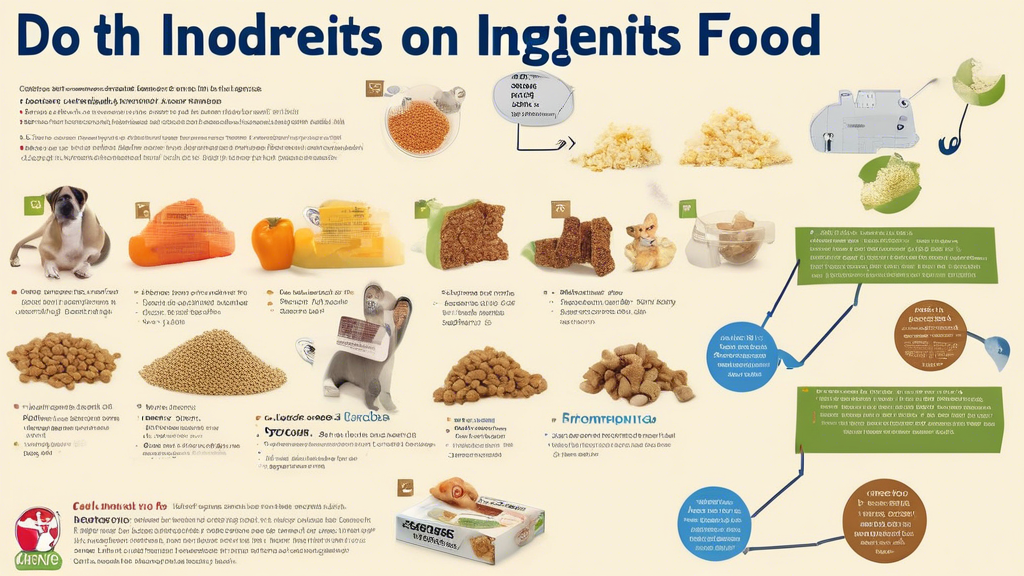**SEO-Optimized Introduction: How to Cut Your Dog’s Nails**
**Keywords:** Nail trimming, dog grooming, dog health, overgrown nails
**H1 Tag:** **How to Cut Your Dog’s Nails: A Step-by-Step Guide**
**Meta Description:**
Discover the essential steps to safely and effectively cut your dog’s nails. This comprehensive guide covers nail anatomy, the importance of trimming, tools and preparation, and a detailed step-by-step process. Whether you’re a seasoned groomer or a novice pet parent, this guide empowers you to maintain your dog’s paw health and overall well-being.
**Introduction:**
As a responsible pet owner, ensuring your dog’s comfort and health is paramount. One crucial aspect often overlooked is proper nail care. Overgrown nails can cause pain, discomfort, and behavioral issues in your furry friend. This detailed guide will equip you with the knowledge and techniques to confidently cut your dog’s nails, promoting paw health, preventing complications, and strengthening the bond between you and your canine companion.
## I. Understanding Your Dog’s Nails
### Anatomy and Growth Patterns
Dogs’ nails are composed of a hard, keratinized protein called keratin. They consist of several layers: the outer layer (cortex), the middle layer (matrix), and the inner layer (pulp). The matrix contains blood vessels that nourish the nail and promote its growth.
Nail growth is a continuous process that varies among dogs. Factors such as breed, age, and activity level can affect growth rate. Overgrowth occurs when nails grow too long, extending beyond the natural length that protects the dog’s pads.
### Impact of Overgrowth on Dog’s Health and Behavior
Overgrown dog nails can lead to discomfort, pain, and behavioral issues. Excessive length can cause:
* **Structural abnormalities:** Long nails can curl inward, digging into the paw pads and causing pain.
* **Mobility problems:** Overgrown nails can make it difficult for dogs to walk and stand, leading to lameness.
* **Nail infections:** Dirt and bacteria can accumulate under overgrown nails, leading to infections and discomfort.
* **Aggressive behavior:** Some dogs may become aggressive due to the pain and discomfort associated with overgrown nails.
Regular nail trimming is essential for maintaining your dog’s health, well-being, and overall happiness. Understanding the anatomy and growth patterns of your dog’s nails will help you provide proper care and prevent potential problems.
The #1 Free Source for Pitbull & Bully Pedigrees!

## II. Preparation and Execution
### Gathering Necessary Tools
**Nail Clippers:**
– Choose clippers specifically designed for dogs.
– Avoid human nail clippers as they may crush or splinter dog nails.
– Consider guillotine-style or scissor-style clippers based on your dog’s size and nail thickness.
**Styptic Powder:**
– This clotting agent is used to stop bleeding in case of accidental over-trimming.
– Apply directly to the bleeding nail to constrict blood vessels.
### Proper Handling Techniques
– **Accustom Your Dog:** Gradually introduce your dog to the clippers by touching their paws and nails gently.
– **Create a Comfortable Environment:** Choose a quiet and relaxed space where your dog feels at ease.
– **Position Your Dog:** Hold your dog securely but comfortably, belly-up or seated.
– **Restrain the Paw:** Gently hold the paw you’re trimming, using your thumb to extend the nail.
### Step-by-Step Trimming Guide
1. **Determine the Trim Line:** Locate the pink, blood-filled area (quick) in the nail. Trim just below the quick to avoid cutting into it and causing pain or bleeding.
2. **Trim at an Angle:** Using firm, quick strokes, cut the nail at a slight angle to avoid splitting or cracking.
3. **Check and Repeat:** Examine the trimmed nail to ensure it’s the desired length. Repeat the process for all nails.
4. **Smooth the Edges:** Use a nail file or grinder to smooth any rough edges to prevent snagging.
### Addressing Potential Challenges
– **Fear or Resistance:** Calm your dog and proceed slowly, offering treats and praise as a reward.
– **Thick or Black Nails:** Trim these nails incrementally over multiple sessions to avoid cutting into the quick.
– **Bleeding:** Apply styptic powder immediately and apply pressure to stop bleeding. Consult a veterinarian if the bleeding persists.
– **Cutting Too Short:** If you accidentally cut into the quick, remain calm and apply styptic powder to stop the bleeding. It will eventually grow back.
– **Infected Nails:** If you notice any redness, swelling, or discharge from the nails, seek veterinary attention promptly.
**Conclusion**
By following the step-by-step instructions outlined in this guide, you can safely and effectively trim your dog’s nails at home. Regular nail trimming is essential for maintaining your dog’s health, comfort, and mobility. It prevents overgrown nails from causing discomfort, injury, or behavioral issues.
Remember to handle your dog with patience, care, and lots of positive reinforcement throughout the process. If you encounter any difficulties or have any concerns about your dog’s nails, it is always advisable to consult with a veterinarian for professional guidance.
By incorporating nail trimming into your regular grooming routine, you can ensure that your furry companion has healthy, comfortable, and well-maintained paws for years to come.













Leave A Comment